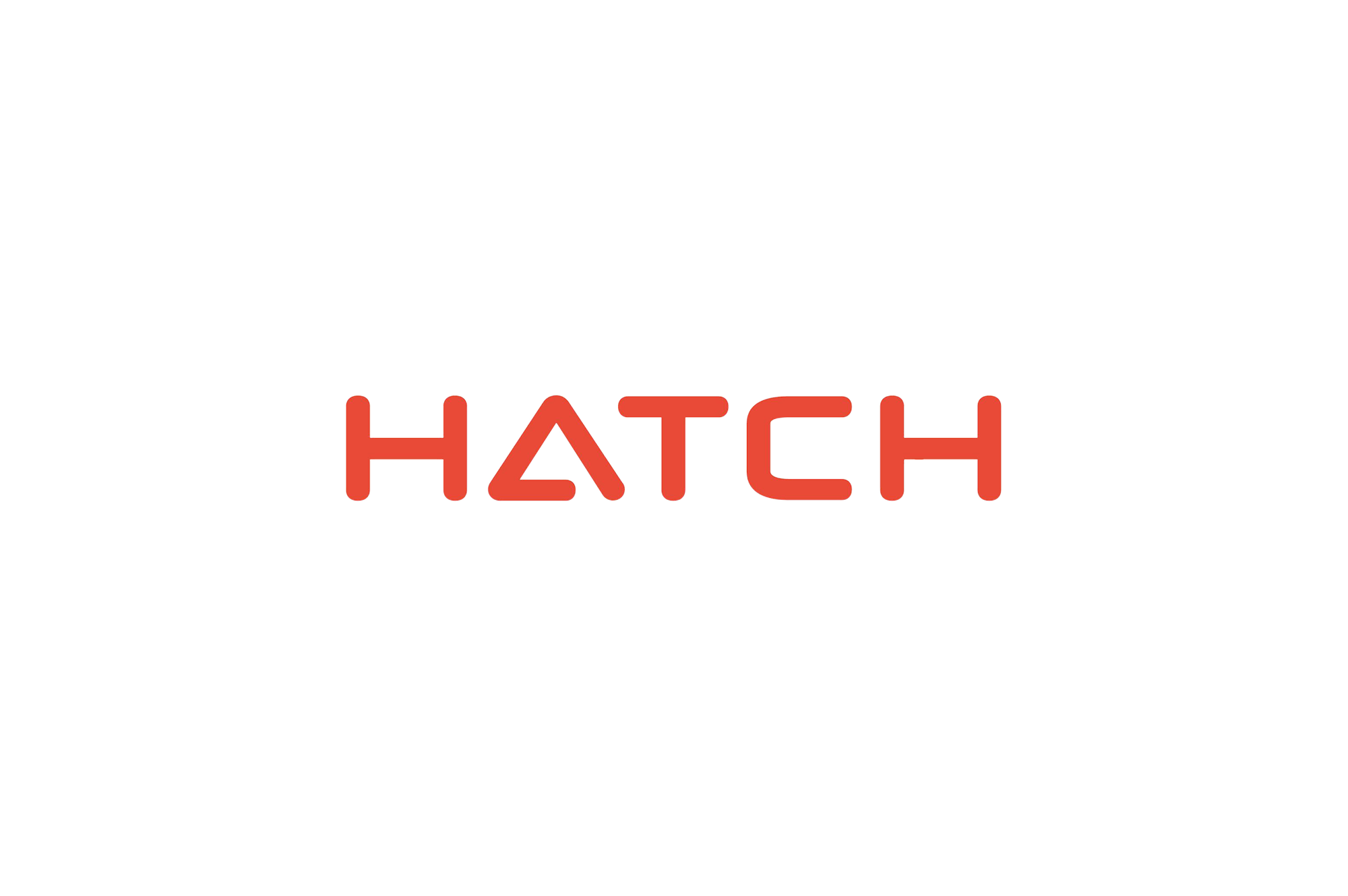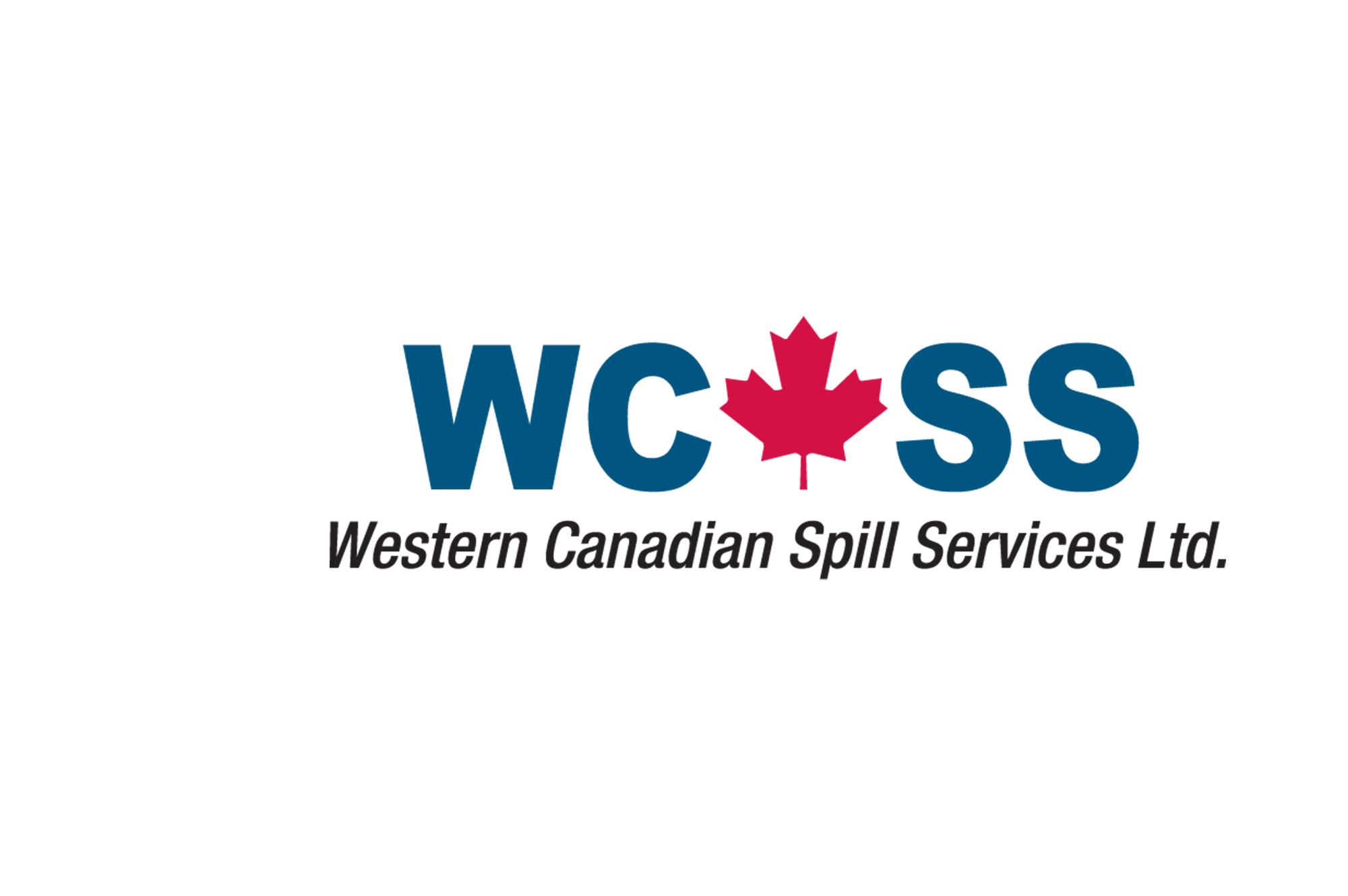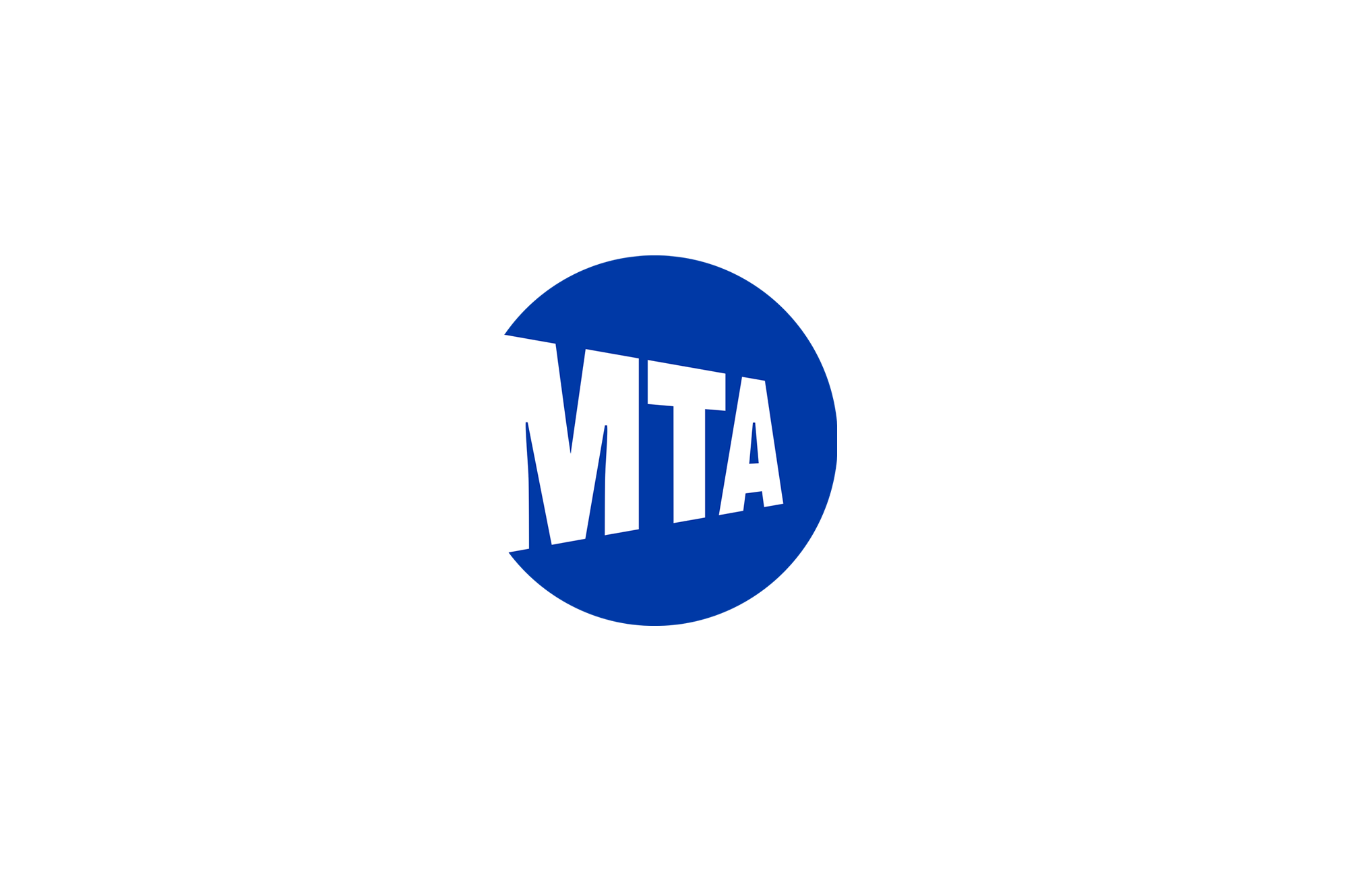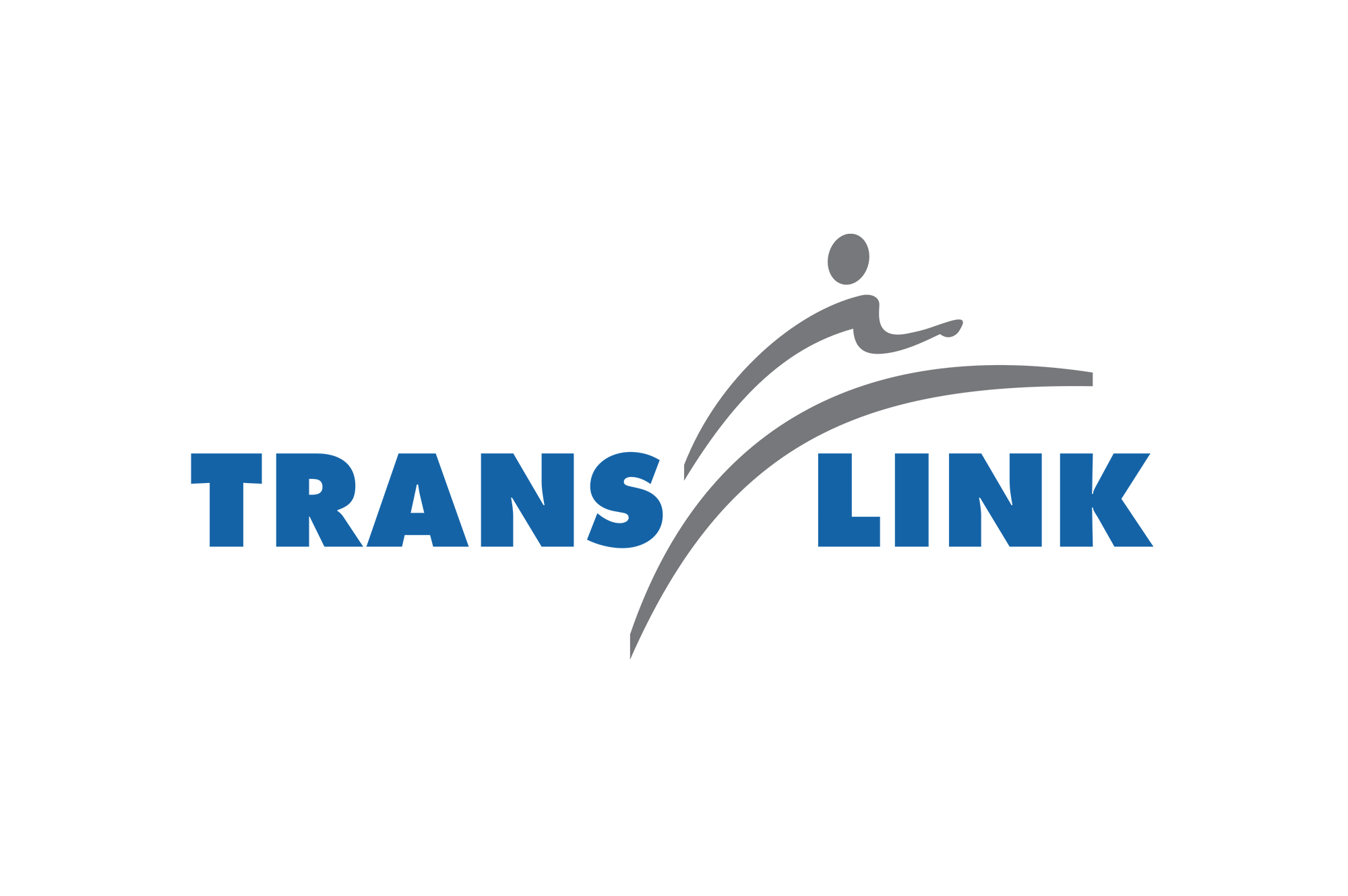BLOG
Keeping Pace with Learning: Updating Your Training and Development
Strategies for offering training and development that employees need and want, while fostering a culture of continuous learning in your organization.
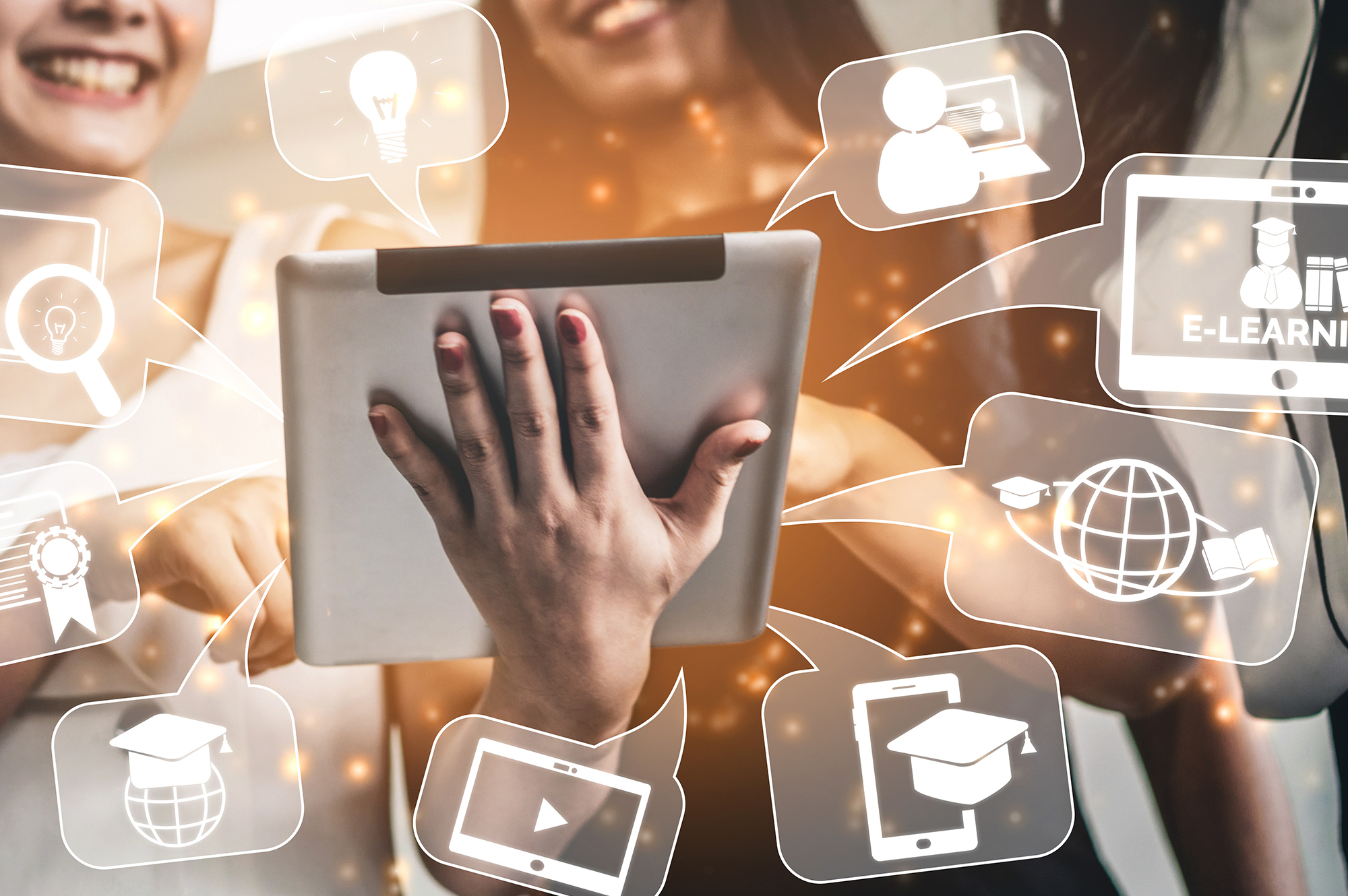
Strategies for offering training and development that employees need and want, while fostering a culture of continuous learning in your organization.

If you’re wondering how to keep your training and development fresh and relevant, here’s a hint: let your employees guide you.
As technology continues to evolve, many skills will also continually need to be updated. Deloitte’s 2020 Global Human Capital report found that 53 percent of survey respondents said between half and all of their workforce need to change their skills and capabilities in the next three years.
Creating a culture of continuous learning takes the concept of formal training sessions and seminars to a whole new level. It provides learning and upskilling that’s nimble and responsive in a way that integrates it into your organization’s culture.
No more dusty training guides.
This shift from traditional training allows employees to self-direct their learning efforts and adds a supportive layer with a new educational experience. Having agency in their projects and resources will prepare them for the next challenge, and offer them the chance to choose what’s most relevant to their careers.
Here are some ways to offer the training and development employees need and want, while fostering a culture of continuous learning in your organization.
Successfully creating a culture of continuous learning starts with change communication from leadership. Even if the Learning and Development (L&D) team believes in its value, a significant shift in the workplace learning culture requires the help from a leadership team. According to LinkedIn’s latest Workplace Learning Report, 64 percent of L&D professionals say that their learning and training initiatives have shifted from a want to a need in their company. In fact, updating and broadening skills have increased in importance by 15 percent since June 2020.
An interesting fact is that the survey indicated a split with almost half of the professionals agreeing that COVID-19 was a major reason for this increase—and the other half believing this shift would have occurred naturally. However, simply having leaders that support this change isn’t enough. Updating content is arguably the most important part in harbouring a supportive community-based learning model, and that can take time.
Microlearning, the chunking down of courses into tiny, bite-sized modules, allows content to be accessed quickly and easily: even on the fly. With shorter, more concise lessons, a learner can take small steps to reinforce their learning before moving on to another topic. When learners work at their own pace and take control of their development goals, it is a very empowering feeling.
Not to mention, the benefit of microlearning is not exclusive to the learner. Offering a selection of shorter courses allows L&D teams to easily update and change information as learning needs evolve. The content becomes easier to manage on the teaching side.
Social learning is the use of any tool that encourages interaction between learners and instructors. LinkedIn Learning noticed within the past year, people spent an extra 30 hours learning when they reach out to others via Q&As, chat functions, and group forums. Not only is this a way for a learner to get extra support with content, it also empowers them to know that they are learning with others while they are at home.
Speaking of empowerment, employees engaged in eLearning prefer to have more control over the learning process with the added advantage of having the flexibility to learn where, when, and what they want. Curate the skills they need with a broad range of topics to choose from and position them to meet their learning outcomes.
Empowering employees involves more than creating an environment where they do their best learning: it also means creating a comfortable work environment. Making choices that matter in their lessons will promote independent thinkers and decision-makers for your company.
How can a manager close the gap between skills and readiness?
It’s important for employers to think beyond the traditional ways of delivering training and development and move towards more flexible, open career models. Organizations that embrace continuous learning have exhibited many benefits including:
Updating your L&D training is not the difficult task it once was. Leaders and learners alike should take part in crafting personalized lessons that work for their team. Taking the time to find the right learning solutions will make your training a relevant tool to help your learners succeed. Today and tomorrow.
Want to know more about how our digital knowledge solutions can create a competitive advantage? Connect with one of our experts today to learn more.
We develop digital knowledge solutions. Our team makes heroes of learning and development professionals. We improve workspace experience (and lives) across the globe, with better learning.



